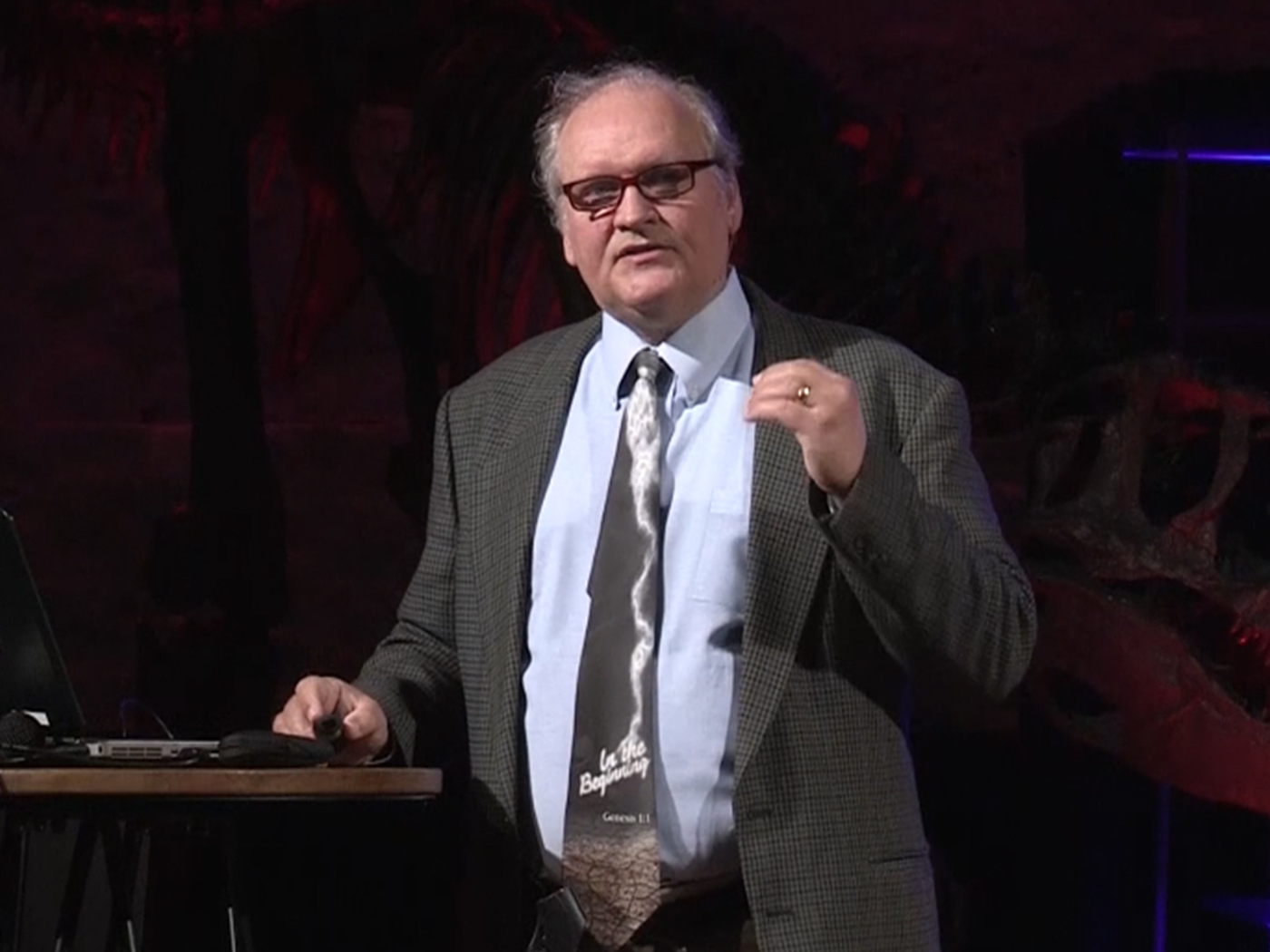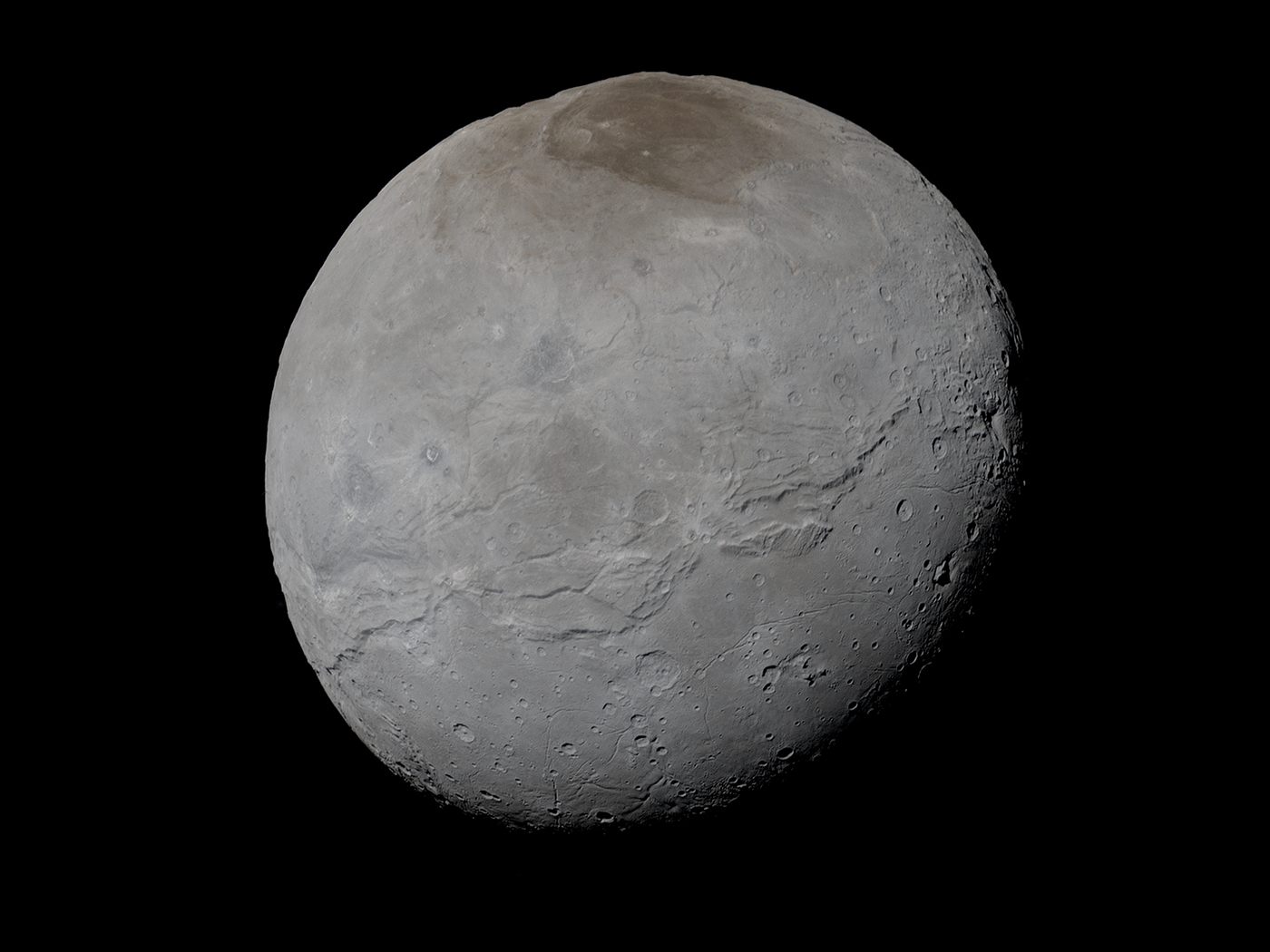In a culture virtually convinced that the world is billions of years old, few people listen to evidence that clearly supports a young Earth. But that's what the Bible teaches. And plenty of science, including four finds from 2016, backs up the Bible's version of Earth history.
The first find: Evidence from human genes fits the Genesis record of Noah. Genesis states that all peoples descended from Noah's three sons. That also means all humans alive today descended from Noah's three daughters-in-law. Since mothers pass on their mitochondrial DNA (mtDNA) to all their children, all humans should have one of three fundamental mtDNA varieties. A 2016 research paper verified this by comparing mtDNA sequences from all over the world.1
ICR received a record volume of correspondence from readers decrying a supposedly overlooked fourth “node”—and thus a fourth fundamental mother—in the technical diagram that illustrated how all human mtDNA roads lead back to Noah's three daughters-in-law. An update now accompanies the article to explain the fourth “node” as a consequence of graphic layout, not of DNA sequence data.1 Three central nodes still stand—and their timing matches the stride of the Bible's chronology.
The second find: Evidence for recent creation came from the absence of fossilized lightning strikes on Earth's land surfaces. Lightning strikes freeze sand and other soil types to make weird, branching formations called fulgurites. Billions of years of lightning strikes should leave hordes of rock-hard fulgurites all over the earth, but we only find a small fraction of that amount.2
The third find: Evidence from beneath the land surface came from fresh-looking lizards3 and bird wings4 in Cretaceous amber deposits. No experiment even hints that amber can prevent the natural and relentless decay of the complicated chemicals that make up lizard and bird bodies. Pristine insects, plant and other animal parts carry man-made labels of millions of years, but their intact biomolecules and tissues present a strong case for recent creation thousands of years ago.
The fourth find: 2016 even saw evidence for recent creation brought from beneath the sea. DNA in deep mud does not match DNA sequences from mud microbes.5 If it didn't come from modern mud microbes, then it must have come from the algae associated with the deep muds long ago. Researchers sequenced the DNA from mud cores hundreds of meters below the sea floor, from depths that—to secular thinking—represents over two million years. DNA's slowest decay rate measurements limit its lifespan to tens of thousands of years. These decay rates came from measurable experiments—actual empirical science. Where did the millions of years came from? It appears the assumption of millions of years comes from sheer confidence in millions of years.
If the mud was deposited thousands of years ago, not millions, then its DNA dilemma dissolves. Similarly, pristine lizards, a lack of lightning strikes, Noahic daughter-in-law mtDNA, recently deposited Cretaceous ambers, youthful fulgurite-bereft land surfaces, and recent early human DNA sequences all challenge old-Earth thinking. Evidence from 2016 certainly confirms the Bible's world history. I wonder what discoveries 2017 will bring?
References
- Thomas, B. 2016. DNA Trends Confirm Noah's Family. Acts & Facts. 45 (7): 15.
- Thomas, B. The Case of the Missing Fulgurites. Creation Science Update. Posted on ICR.org August 25, 2016, accessed November 29, 2016.
- Thomas, B. Amber-Encased Lizards Showcase Recent Creation. Creation Science Update. Posted on ICR.org August 25, 2016, accessed November 29, 2016.
- Thomas, B. Stunning Amber Bird Wings. Creation Science Update. Posted on ICR.org July 11, 2016, accessed November 29, 2016.
- Thomas, B. Fossil DNA in Deep Seafloor Mud. Creation Science Update. Posted on ICR.org August 25, 2016, accessed November 29, 2016.
*Mr. Thomas is Science Writer at the Institute for Creation Research.
Article posted on December 22, 2016.





















